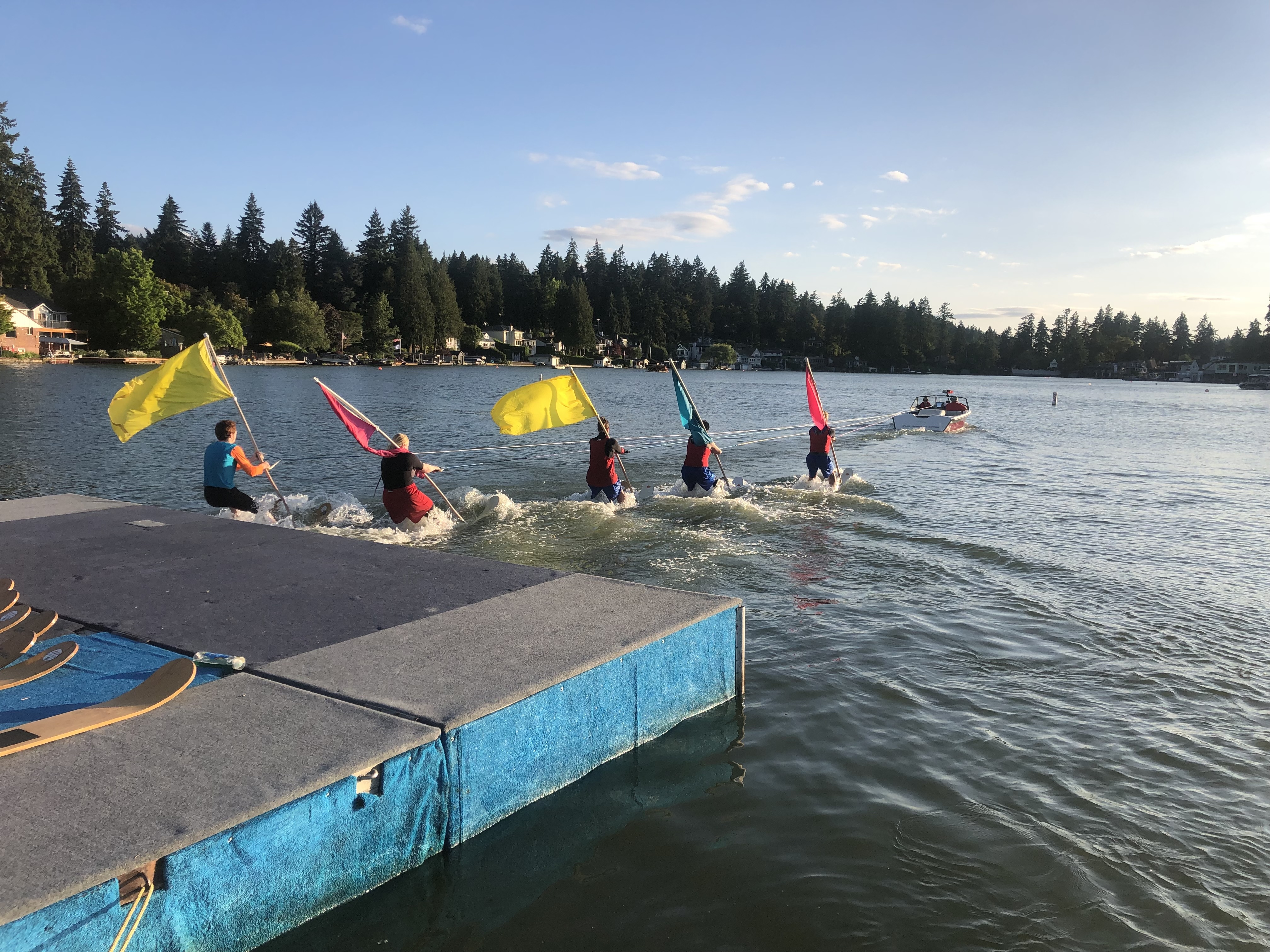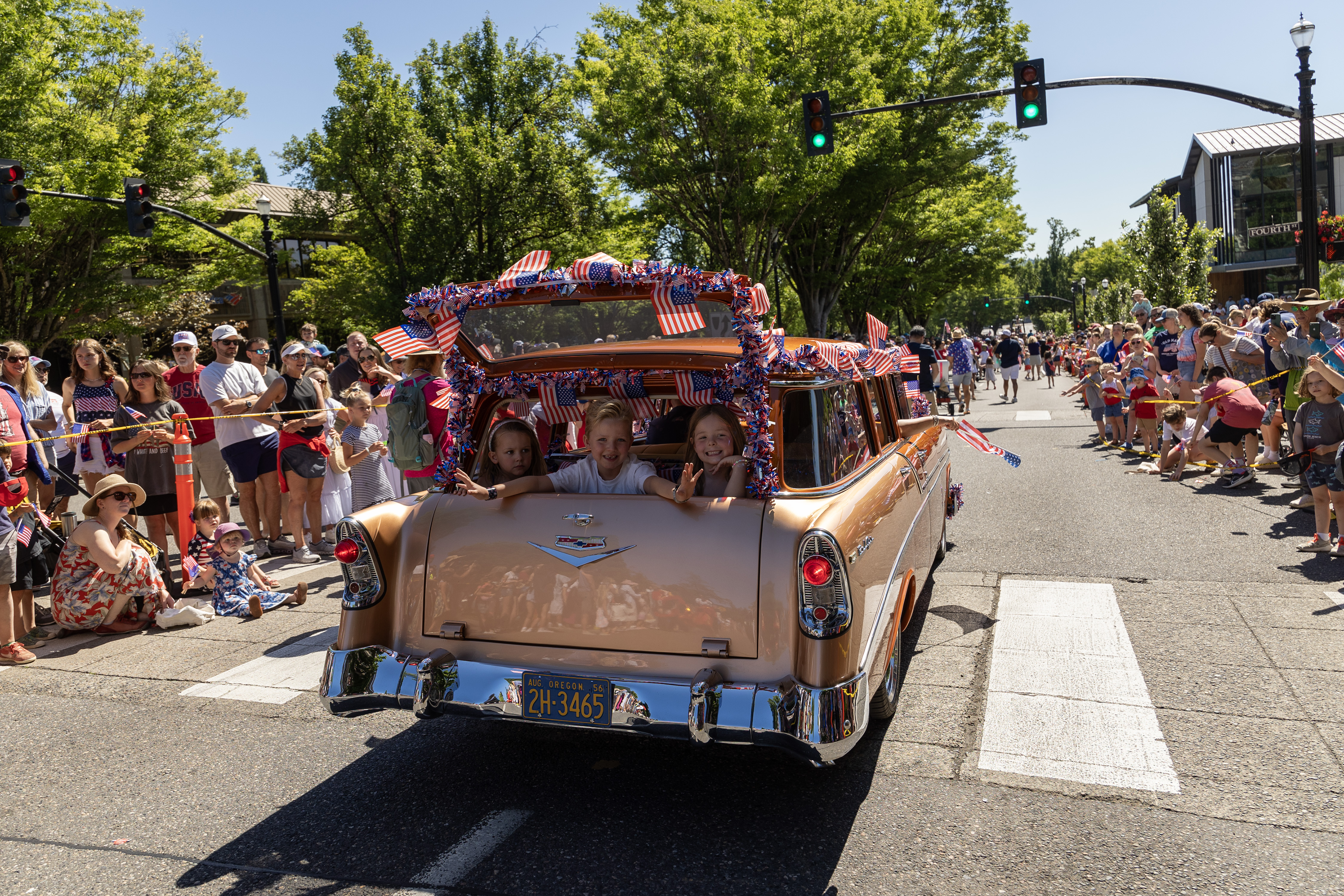OPINION: Time for Lake Oswego City Council to take action on codes
Published 9:46 am Monday, May 5, 2025
There’s what Salem directs us do and there’s what Lake Oswego can do about it. Cottage clusters permitted in every residential neighborhood, that’s a Salem directive. For our part, Lake Oswego is allowed to adopt code that optimizes livability for the residents of cottage clusters and the surrounding neighborhood. In 2022, Lake Oswego passed code for cottage clusters that dialed in a good balance. Then the Climate Friendly Act (that’s Salem) drove the removal of parking requirements throughout Lake Oswego and that upended the balance we had achieved.
People said not to worry; developers will provide needed parking on site anyway. Not so. In full compliance with our current code, at 233 E Ave., a developer has clear-cut the site and their plan has been approved to shoehorn in eight three-bedroom dwellings with approximately 550-square-foot footprints onto an 11,000 square-foot site with no garages, no driveways and no onsite parking. And note, no place to plug in a climate-friendly car. And just to be clear about price point, the realtor for the 233 E Ave. site stated they expect the cottages to sell for around $900,000.
Our current code also allows developers to split up and sell off portions of the required common courtyard with individual dwelling units. Even with legal language dictating easements, the city of Portland finds this a problematic approach that allows for confusion about use of the courtyard and creates enforcement issues when people start to stake out their property.
Our code equation is clearly out of balance and needs adjustment. Fortunately Salem currently allows us to rework our code. I presented two code fixes to City Council during the Annual Code Updates public hearing on April 15 (you can stream it on the city website). These codes are supported by the Neighborhood Chairs Committee of Lake Oswego:
No. 1: Direct common courtyard in its own tract held in common ownership.
The city’s legal department explained during a work session that if the property is in a separate tract, “it avoids the conflict between the property owner who has the courtyard on it versus all the others … that’s why staff believes a tract for common area is a better tool, a better tool for property owners so they don’t think they own what they don’t own.“ The separate tract also comes with the advantage of requiring that in the absence of firewalls, the dwelling units be set an additional 3 feet back from the courtyard, improving the lived environment for the cottage residents by creating a better communal recreation/open–space experience for the cottage residents.
No. 2: Set an 850 square foot minimum cottage footprint.
Remember our code originally required one onsite parking space per cottage. If eight parking spaces were provided on the site, the eight units would not have fit. In place of parking, the developer is shoehorning in more units than our code originally intended. The eight cottages in the FAN development have 500-square-foot footprints. But if those footprints were required by our code to be at least 850 square fee, eight cottages would likely not fit on that lot.
Salem allows these code fixes. Councilors Wendland, Verdick and Afghan understood and stated their support. But ultimately the City Council decision reached on April 15 was to wait and see what Salem does in this current legislative session before considering taking any action. The problem with the wait-and-see approach is that there is already draft language in HB 2138 that if passed in June, could prevent us from adopting these code fixes. A self-imposed catch-22; lets wait and see before we take action and then find out we can’t take action. So to put it simply, on April 15 with regard to these two proposed codes, the Council decided on inaction.
We need our City Council to act now while they still can. Poor cottage cluster code is not an asset. Let our City Council know that you want them to take action and adopt these two code items now! And if you want to see what inaction looks like, drive by 233 E Ave. Have a look for yourself.
Carole Ockert is the chair of the Lake Oswego Neighborhood Chairs Committee. She is also the Land Use Liaison for the First Addition Neighbors and Forest Hills Neighborhood Association. Carole advocates for community involvement in Lake Oswego city process.






